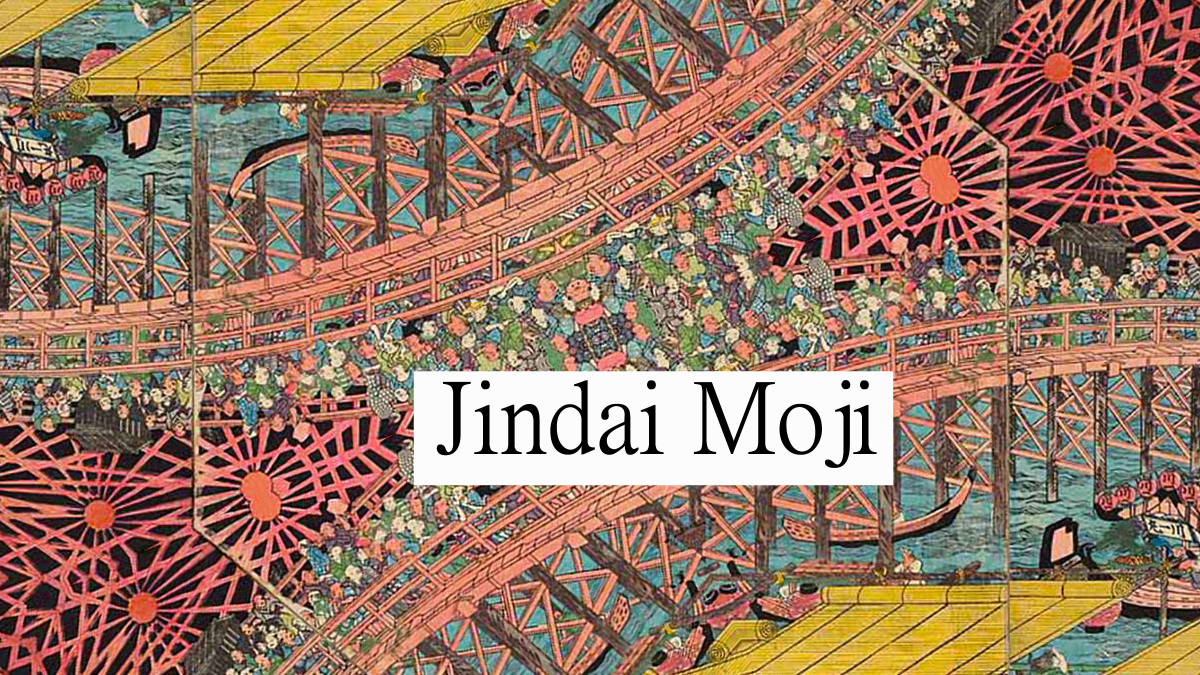English below.
[GR] Για σήμερα έχω ετοιμάσει μια θεωρία συνομωσίας από το μακρινό παρελθόν. Σύμφωνα με αυτή τη θεωρία, η πρώτη θεά των Ιαπώνων ήταν η Σεορίτσου-χίμε (瀬織津姫). Οι Ιάπωνες δεν ήταν αυτοί που ξέρουμε σήμερα, ήταν αγνοί ιθαγενείς που έγραφαν με το αλφάβητο γουόσιτε. Όταν ήρθαν “οι άλλοι” (οι κινέζοι, οι κορεάτες;) από την ηπειρωτική χώρα, έφεραν τα ιδεογράμματα και κατέστρεψαν τη γλώσσα γουόσιτε των ιθαγενών. Αντικατέστησαν τη Σεορίτσου-χίμε με το δικό τους ξενόφερτο θεό, τα ιστορικά βιβλία την έσβησαν και οι ναοί της αντικαταστάθηκαν με ναούς της θεάς Αματεράσου.
Έτσι λέει η θεωρία συνομωσίας. Όμως ποιά είναι η ιστορική αλήθεια; Η γλώσσα γουόσιτε είναι ένα από τα Τζιντάϊ Μότζι (神代文字, γράμματα από την εποχή των πνευμάτων), μια ομάδα γενικά ψευδών “αυτόχθονων” ιαπωνικών αλφάβητων. Τα γράμματα του γουόσιτε εικάζεται ότι είναι έμπνευσης μόλις 300 χρόνων, και όχι χιλιετιών όπως θα έπρεπε για να βγαίνουν τα νούμερα. Όλες αυτές οι θεωρίες συνομωσίας για τη γραφή γουόσιτε και την Σεορίτσου-χίμε έχουν εξάρσεις σε περιόδους πολέμου και φαίνεται ότι είναι μια προσπάθεια επιστροφής στις ρίζες και απόδειξης της “καθαρότητας του ιαπωνικού πολιτισμού” μακριά από τις κακές προσμίξεις της ηπειρωτικής Ασίας.
Ιερά της Σεορίτσου-χίμε υπάρχουν ακόμη, αν και παρουσιάζεται ως μικρή θεά των νερών και των καταρρακτών. Αυτά βρίσκονται συνήθως κοντά σε νερό σε σημεία όπου υπάρχει ήδη κάποιο μεγάλο ιερό της Αματεράσου, όπως στο Ίσε Τζίνγκου του νομού Μίε και το Τακατσιχό του νομού Μιγιαζάκι.
[EN] This time, I’ve prepared a conspiracy theory from the distant past. According to that theory, the original goddess of Japan was Seoritsu-hime (瀬織津姫), not Amaterasu Omikami. The Japanese of that time were not the same as today, they were natives who used a written script called woshite (ヲシテ). When “the others” arrived (Chinese? Koreans?) from the mainland, they brought their kanji characters and destroyed the local woshite script. They replaced Seoritsu-hime with their own foreign god, history books erased her presence, and her shrines became shrines of Amaterasu.
That is what the conspiracy theory claims. But what is the historical truth? Woshite is one of the scripts that are referred to as Jindai Moji (神代文字, scripts from the age of the gods), a group of “native” japanese scripts that are generally considered hoax or false. Woshite letters are assumed to be a creation of some 300 years ago, not thousands as claimed. Similar theories about woshite script and Seoritsu-hime tend to re-appear during a heightened nationalistic climate and seem to be an attempt to get back to the roots and a proof of the “purity of the Japanese culture”, which is stripped from the malicious additions of mainland Asia.
However, small shrines devoted to Seoritsu-hime do exist, although she is worshipped as a small goddess of water bodies and waterfalls. Such shrines can usually be found next to the water element inside compounds with a large shrine of Amaterasu, such as Ise Jingu in Mie prefecture and Takachiho in Miyazaki prefecture.
Looking for something else?
Mie: The land of Amaterasu
The more developed a country’s economy becomes, the fancier the part-time jobs become. In Japan, foreign students can gain some easy pocket money by working as “tour testers” or participating in…
Ιαπωνική Μυθολογία 101
Ιστορίες αγάπης, εγωισμού, ζήλιας, και gore. Τα πέντε πρόσωπα που πρέπει να γνωρίζετε από την ιαπωνική μυθολογία.
Διαβάστε περισσότερες σύντομες πληροφορίες εδώ / Find more info bites




